23 Destinations That Were Once Thriving But Are Now Quietly Disappearing
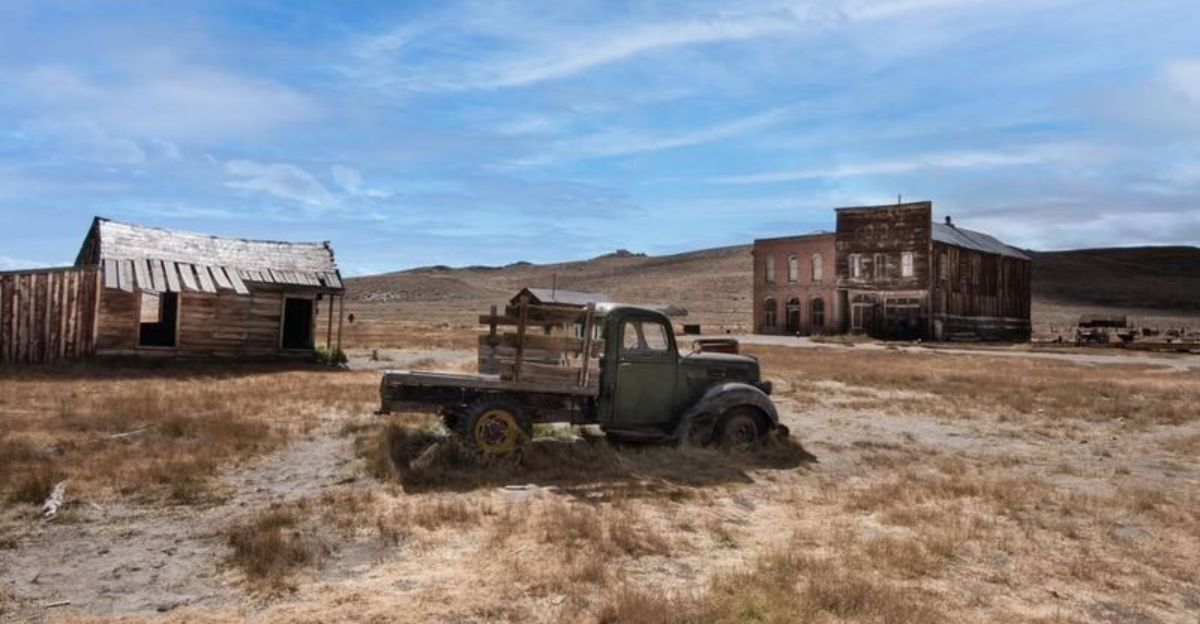
Time has a funny way of turning hotspots into quiet remnants of their former selves. Whether it’s due to environmental shifts, economic downturns, or simply changing travel trends, many once-thriving destinations have slipped into the shadows of history.
These places, rich in stories and steeped in past glory, now quietly preserve their legacy for curious travelers who venture off the beaten path.
But there’s something captivating about them. It’s like visiting a living museum, where you can almost hear the laughter and conversations of a time long gone. If you’re a curious traveler looking for something off the radar, these spots just might steal your heart before they vanish entirely.
1. Pripyat, Ukraine
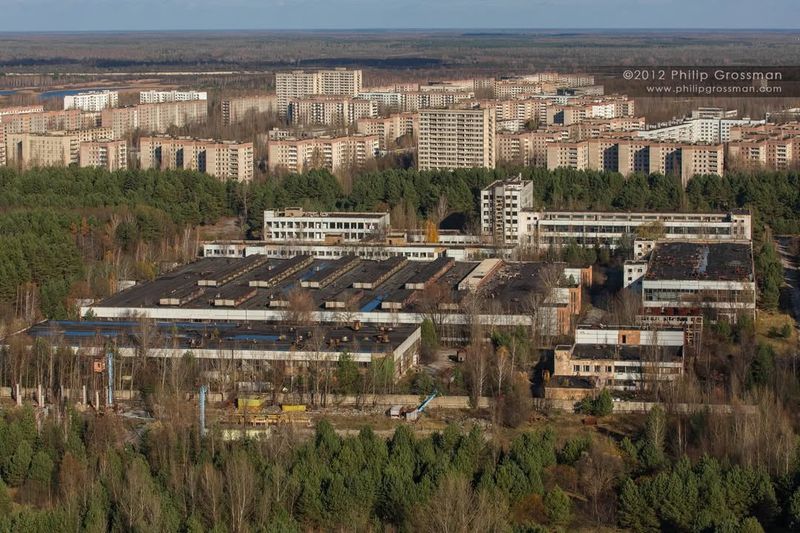
It’s almost too hard to believe it! This city was once full of life! Kids were laughing in playgrounds, families were strolling through parks, and workers were heading home after a long shift at the nearby nuclear plant.
Then, suddenly, silence. That’s what happened when Chernobyl’s reactor exploded in 1986. Now, Pripyat’s streets are eerily empty, save for a few brave souls who venture into this ghost town. The Ferris wheel stands still, abandoned schools are filled with dusty textbooks, and buildings are slowly giving way to nature.
It’s surreal, like stepping straight into a post-apocalyptic film, but with real history that’ll stay with you forever.
2. Centralia, Pennsylvania, USA
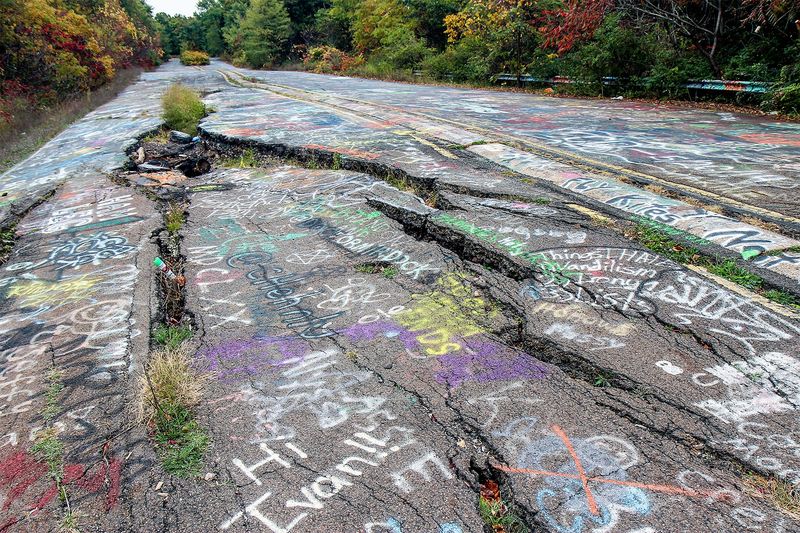
Let’s talk about Centralia. It used to be a coal town, but then—boom, literally—a coal fire started underground in 1962 and has been burning ever since. The result? A near-abandoned town where thick smoke rises from cracks in the earth, and the air feels thick with mystery.
The town’s pretty much deserted now, but it still attracts curious wanderers. There’s something spooky but fascinating about it. It’s all about the abandoned homes, cracked roads that feel like they’ve been frozen in time, and the faint scent of sulfur in the air.
You can actually see steam escaping from the ground where the fire’s still burning. It’s like a real-life ghost town that’s actively fighting nature’s slow reclaiming.
3. Varosha, Cyprus
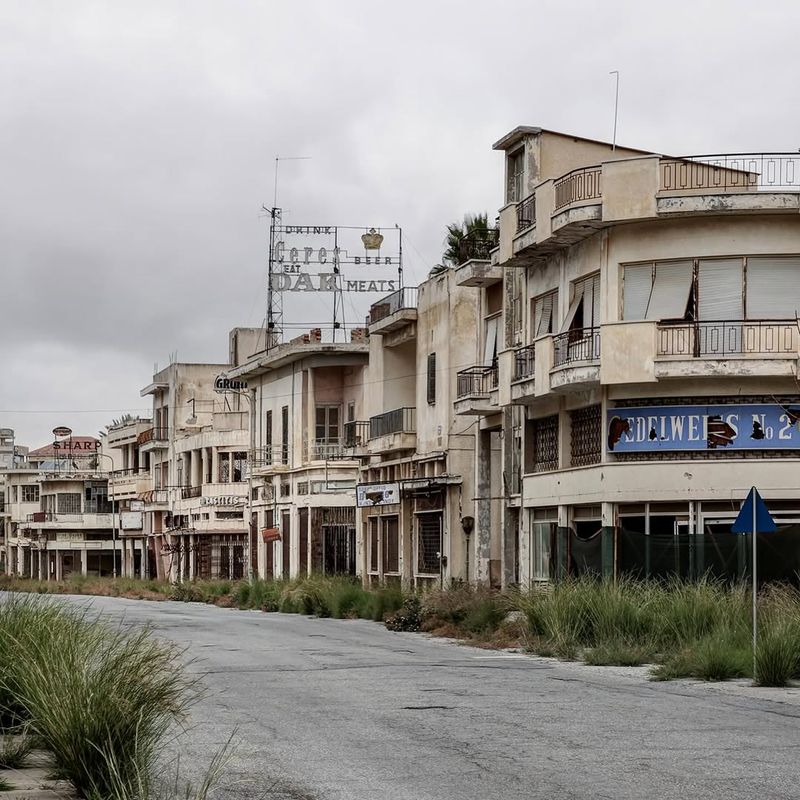
Imagine being know as a glamorous tourist destination and then, nada! Following the Turkish invasion of Cyprus in 1974, the area was abandoned, and its gates were sealed off. Now, Varosha stands as a silent town, a surreal place where time has frozen.
The crumbling hotels and overgrown streets still hold the memories of a once-thriving resort, but nature is slowly creeping in, covering abandoned pools and decaying structures with a blanket of vines.
Walking through the eerie streets, you’ll see old cars left in the dust, empty shops with faded signs, and balconies overlooking a beach that’s now off-limits. It’s the kind of place where you can almost hear the laughter of vacationers, echoing through the silent streets. Brr…
4. Bodie, California, USA
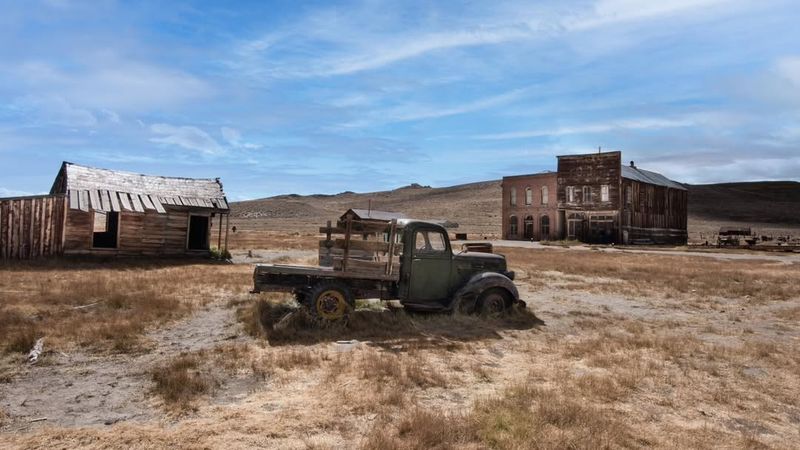
Bodie is one of the most well-preserved ghost towns in the United States. It’s a step back into the wild days of the California Gold Rush. Once a booming mining town with a population of 10,000, Bodie’s fate was sealed when the gold played out and the economy collapsed.
Today, it’s a state historic park, and you get the feeling as if the town was abandoned overnight. The windows are still shattered, and old bottles are scattered across the dusty floors.
What actually makes Bodie so unique is the way it’s been preserved. It’s frozen in time, as if the people just left. From the old saloon to the schoolhouse and the sheriff’s office, everything tells the story of a rough-and-tumble mining town on the edge of civilization.
5. Craco, Italy
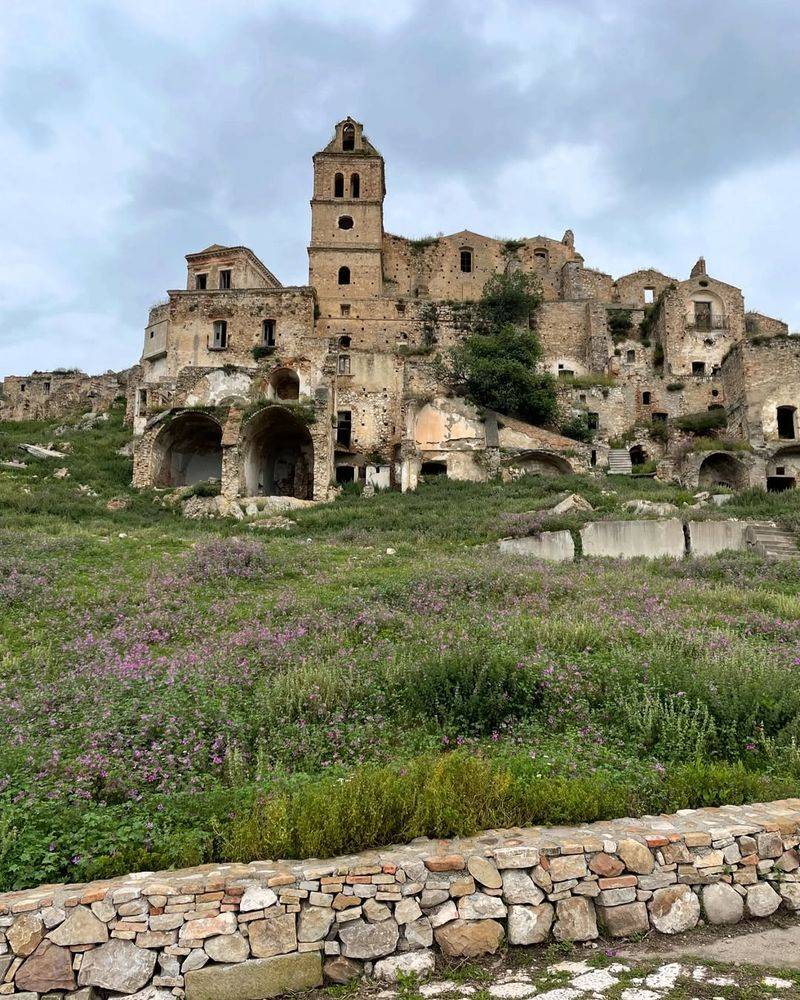
In the hills of Southern Italy, the abandoned town of Craco stands as a monument to both human resilience and nature’s power. This town was abandoned after several landslides and a devastating earthquake in the 1960s.
The town’s cliffside setting makes it a striking sight! It’s really the ultimate of chilling feelings. The buildings cling precariously to the edge, overlooking a vast, empty valley below.
A fun fact drop: Craco has appeared in films like The Passion of the Christ and The Knight of Cups, making it a well-known spot for movie buffs looking to explore.
6. Humberstone And Santa Laura, Chile
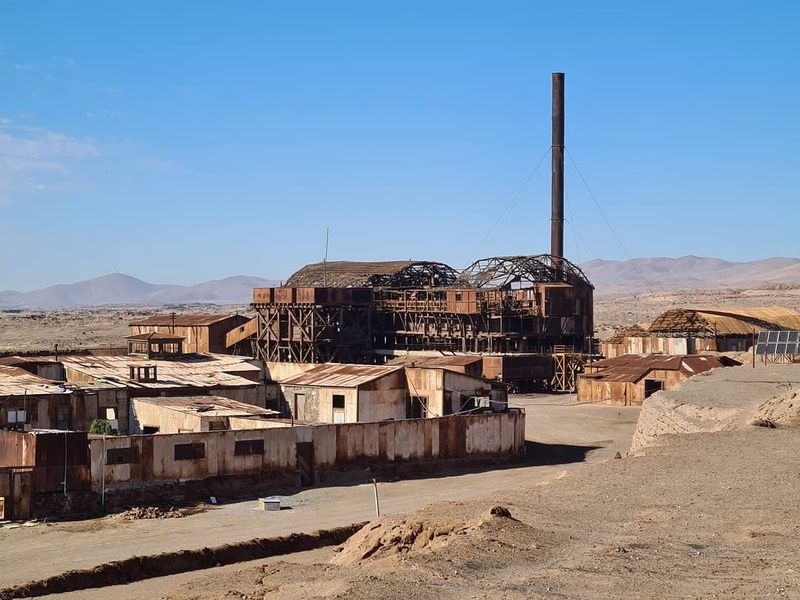
Located in the Atacama Desert, Humberstone and Santa Laura were once saltpeter mining towns that boomed in the early 20th century. The towns’ decline came with the collapse of the saltpeter industry, leaving behind decaying buildings and machinery that now serve as a ghostly reminder of a vanished era.
These towns feel like something out of a Western film, with long-abandoned train tracks and equipment scattered across the arid landscape.
Walking through Humberstone and Santa Laura, you’ll find an eerie stillness, with no sounds except for the wind whispering through the skeletal remains of the mining infrastructure. In 2005, they were declared a UNESCO World Heritage site. So, if you’re in the area, don’t miss the chance to experience one of the most atmospheric places in the desert.
7. Oradour-Sur-Glane, France
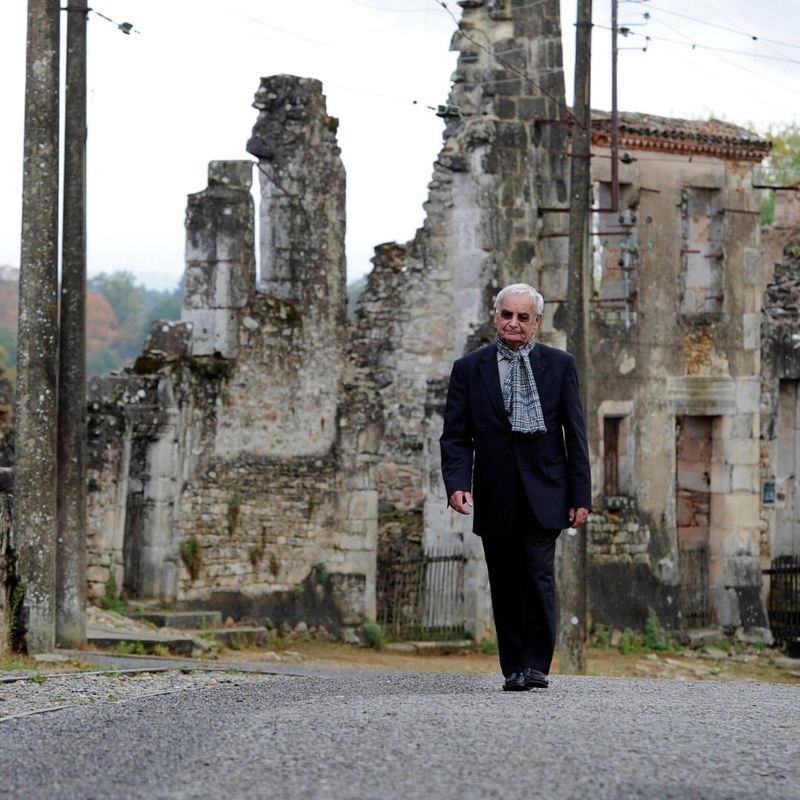
Oradour-sur-Glane is a solemn memorial to the horrors of World War II. In June 1944, the village was destroyed by Nazi soldiers, and its residents were wiped out in a brutal way. Today, Oradour-sur-Glane remains as it was left, preserved as a reminder of the atrocities of war.
It’s a place that commands respect and reflection, with abandoned cars, shops, and homes standing just like they did in 1944.
It’s an emotionally charged visit, but one that offers powerful insight into a painful chapter of history.
8. Detroit, Michigan, USA (Specific Areas)
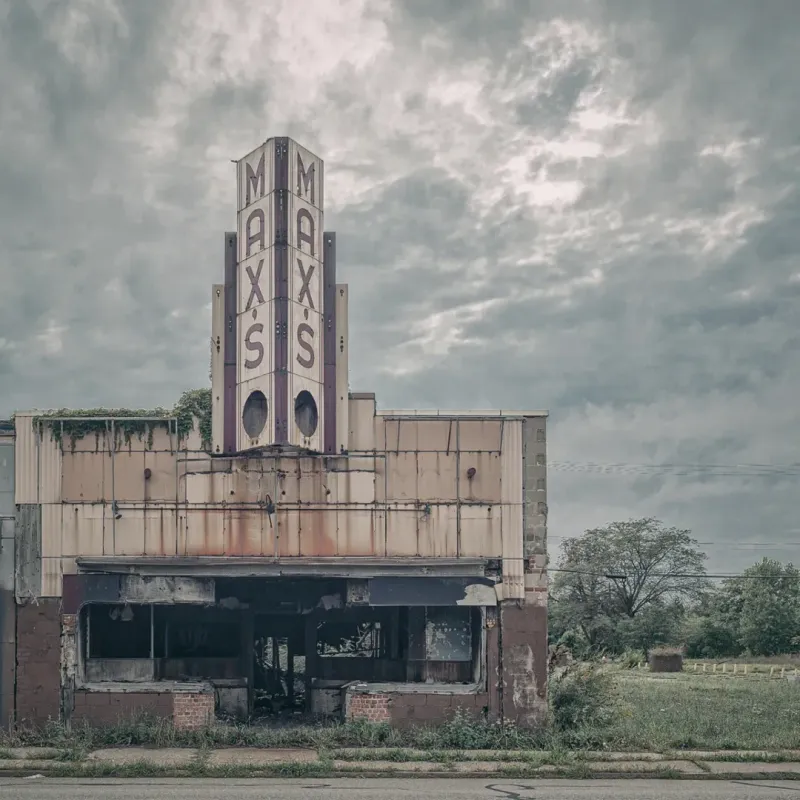
Detroit is still in the process of reinventing itself. While parts of Detroit remain alive, there are areas where entire blocks of once-thriving buildings are now abandoned.
The decay is everywhere! There’re grand old theaters, crumbling mansions, and empty factories that stand as testaments to the rise and fall of the Motor City.
The contrast between the city’s industrial past and its current state of decline is striking. Detroit’s neighborhoods offer a fascinating mix of old glory and quiet desolation. Don’t forget to swing by the Detroit Institute of Arts, one of the city’s bright spots, and get a glimpse of what makes this city truly special.
9. The Ruins Of Angkor Wat, Cambodia

The famous Angkor Wat temple complex in Cambodia is more than just a historical site. It’s a reminder of the incredible power and majesty of the Khmer Empire. But, despite its iconic status, even Angkor Wat has faced challenges as time and tourism take their toll.
While still one of the most visited places in the world, the sheer volume of visitors is slowly eroding the very stones that have stood for centuries.
Though Angkor Wat is far from abandoned, certain parts of the complex feel like they’ve been swallowed by the jungle, with moss-covered stones and creeping roots snaking through ancient temples.
10. Machu Picchu (Slowly Disappearing Due To Over-Tourism)
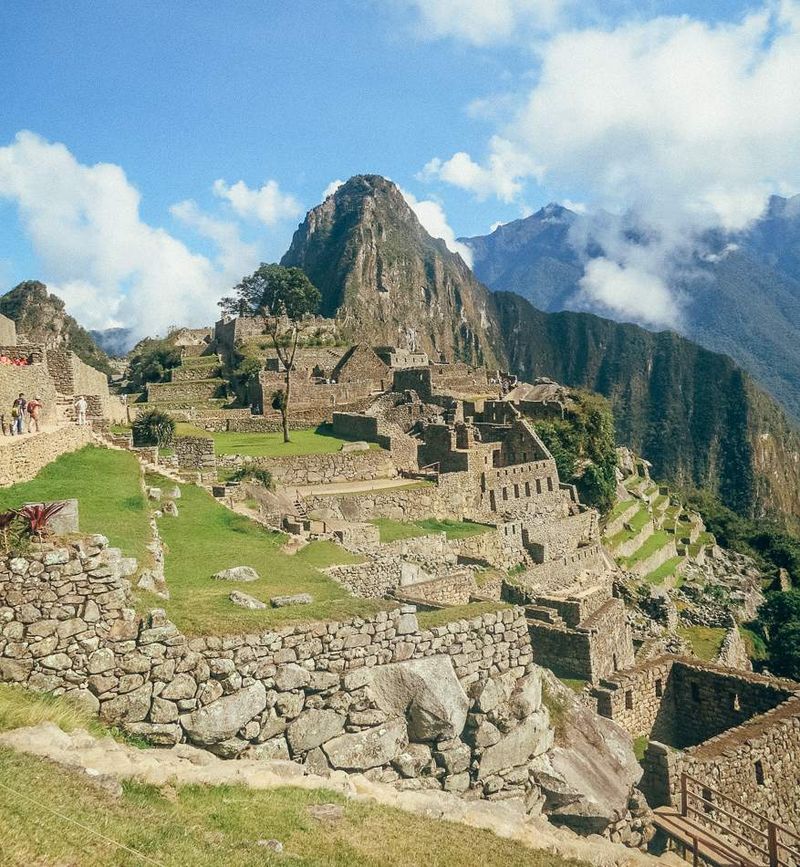
Machu Picchu is one of the world’s most beloved and awe-inspiring landmarks, drawing thousands of visitors every year to the ancient Incan citadel nestled high in the Peruvian Andes. But despite its massive popularity, this UNESCO World Heritage site is quietly battling the pressures of over-tourism!
Call it natural wear and tear, and environmental degradation.
Over the past few decades, the sheer number of tourists visiting Machu Picchu has begun to take its toll on the site. The stonework, terraced landscapes, and ancient paths have all been subjected to the strains of heavy foot traffic.
The local government has responded by limiting the number of daily visitors and implementing conservation efforts, but there’s still a sense of urgency as Machu Picchu’s future hangs in the balance.
11. Dallol, Ethiopia
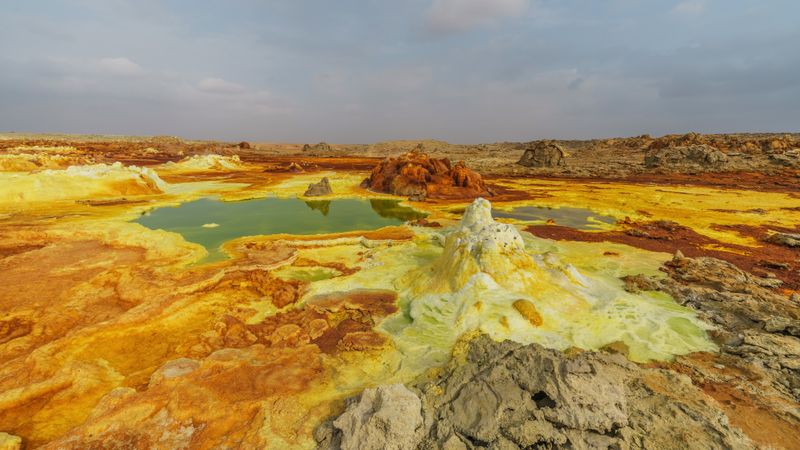
Once home to salt miners, the area is renowned for its extreme heat, toxic gases, and unique mineral formations, creating an otherworldly atmosphere that attracts adventurers and geologists alike. But, despite its dramatic beauty, Dallol is quietly fading from view, and for good reason.
Its harsh environmental conditions make it incredibly difficult for visitors to experience it firsthand.
The mining industry that once brought people to Dallol has dwindled as the extreme climate has made it harder to sustain human life and labor in the area. Today, only a handful of people visit the area, primarily scientists and adventurers willing to brave the oppressive conditions for a glimpse of this geological marvel.
12. Hashima Island, Japan
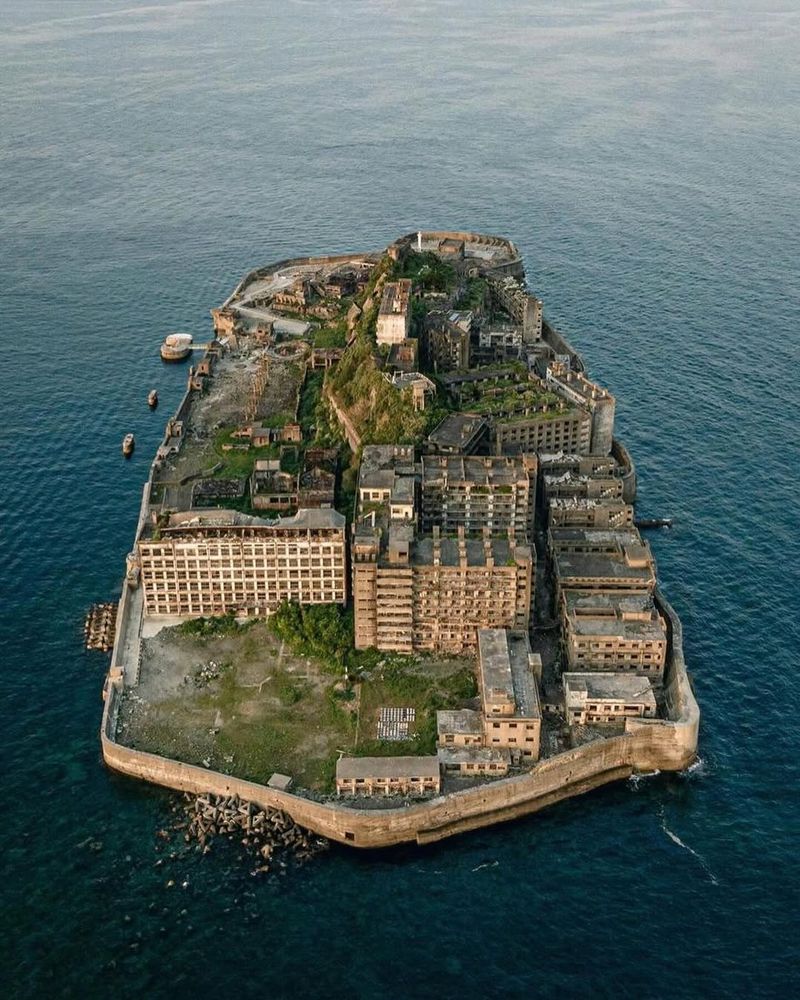
This small, abandoned island, also known as “Gunkanjima” was once one of the most densely populated places on Earth. It was also home to coal miners working in underwater mines.
By the 1970s, when the mines closed, the island was deserted, and now it’s a post-apocalyptic landscape of buildings and rusting machinery.
What’s really captivating about Hashima is that its eerie resemblance reminds of a warship! Walking through the island’s narrow streets and seeing the empty concrete buildings is like wandering through a lost chapter of history. Talk about forgotten places!
13. Kolmanskop, Namibia
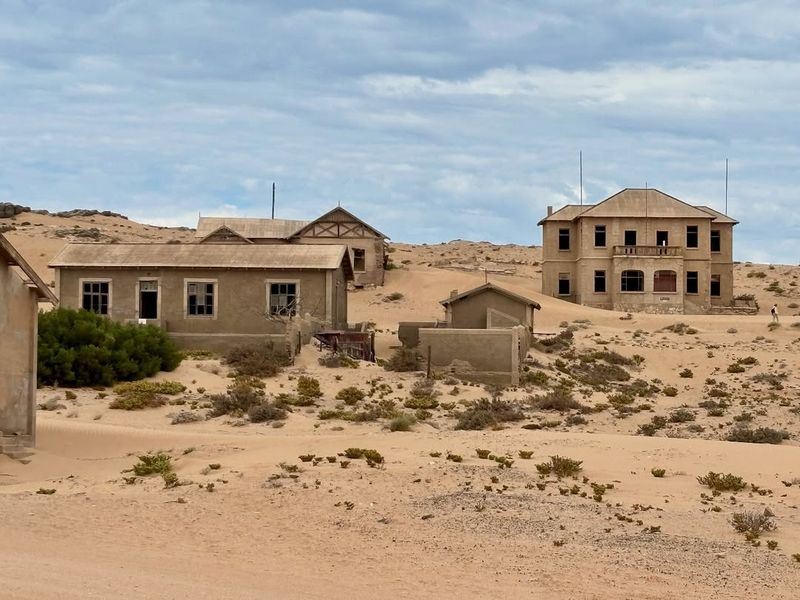
Kolmanskop was once a wealthy diamond mining town in Namibia, but once the diamonds ran out, so did the people. Today, it’s a striking, abandoned ghost town frozen in time. The buildings still hold the grandeur of their past, with rooms full of furniture, abandoned artifacts, and even dust-covered chandeliers.
When you visit, it’s easy to imagine the prosperity that once filled these halls. The town’s colorful walls and detailing stand in stark contrast to the empty rooms and sand that’s slowly creeping in.
The desert has started to reclaim this place, and it’s looking more and more haunting!
14. Picher, Oklahoma, USA
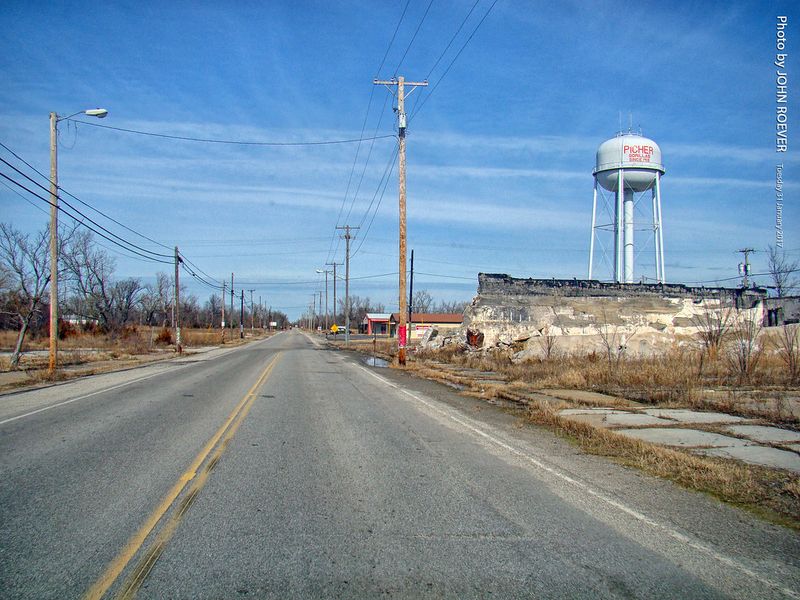
Back in the 20th century, Picher boasted schools, businesses, and a thriving community. Today, though, Picher stands as a haunting testament to the consequences of industry gone wrong.
After the environmental damage from decades of mining, the town became an EPA Superfund site, and residents were forced to evacuate due to dangerous contamination levels. What’s left is a creepy vanished town where cars and abandoned homes slowly decay, swallowed by nature.
It’s a place steeped in history and filled with tales of boom and bust. Despite the unsettling quiet, it holds a strange, almost poetic beauty.
15. Tskaltubo, Georgia
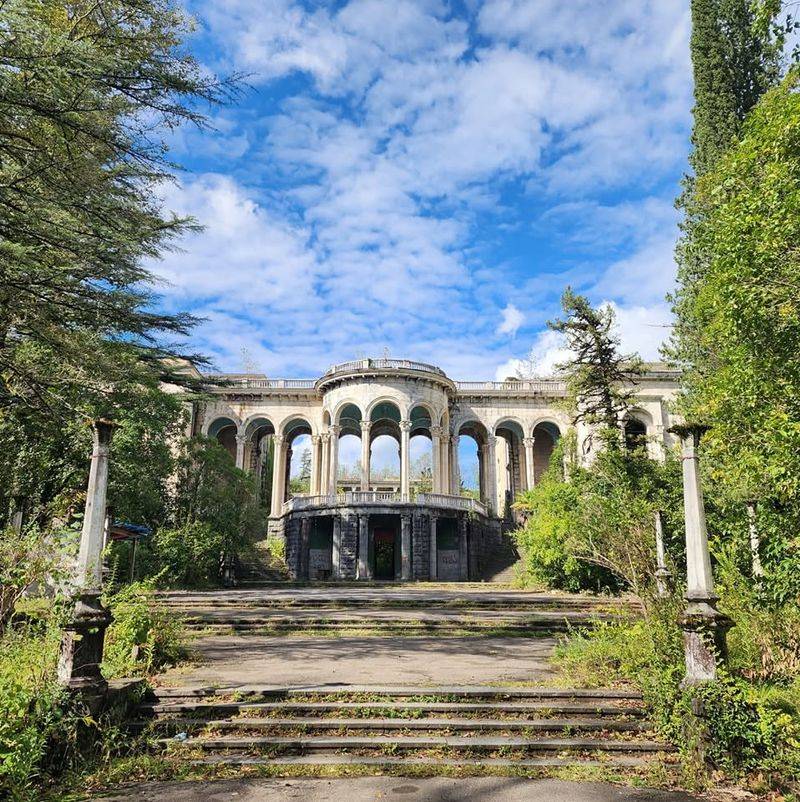
Do you want to know where the Soviet Union’s premier enjoyed the best spa life? Well, right here! From the 1920s to the 1980s, visitors flocked here for its therapeutic mineral waters, drawn by promises of health and rejuvenation.
The town’s grand resorts offered a luxurious escape from the hustle of daily life. But after the fall of the USSR, Tskaltubo’s star faded, and many of its glamorous spas fell into disrepair, leaving behind an almost creepy, yet fascinating, atmosphere.
The mineral baths, still bubbling with healing waters, offer an intriguing juxtaposition of nature’s persistence against the backdrop of human abandonment.
16. Wittenoom, Australia
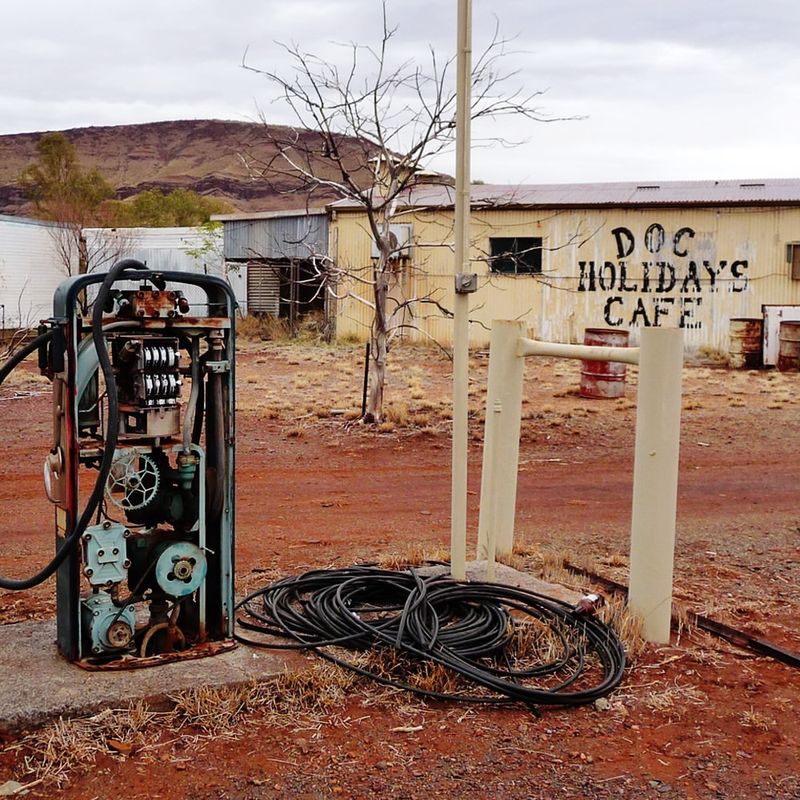
Wittenoom was home to the world’s largest producer of blue asbestos, drawing thousands of workers in the mid-20th century. The promise of prosperity and a growing economy brought people to Wittenoom, but the deadly nature of asbestos exposure took a heavy toll.
By the late 1960s, health concerns led to the closure of the mine, and the town gradually faded into abandonment. Today, Wittenoom stands as a silent town. Its streets empty and its buildings crumbling, a stark reminder of the dangers of industrial ambition.
Despite the harsh reality of Wittenoom’s history, there’s an undeniable fascination in wandering through the decaying remnants of what was once a thriving community. The mines that once made the town a hub of activity now stand silent. Barren, but hauntingly beautiful!
17. The Island Of Spinalonga, Greece
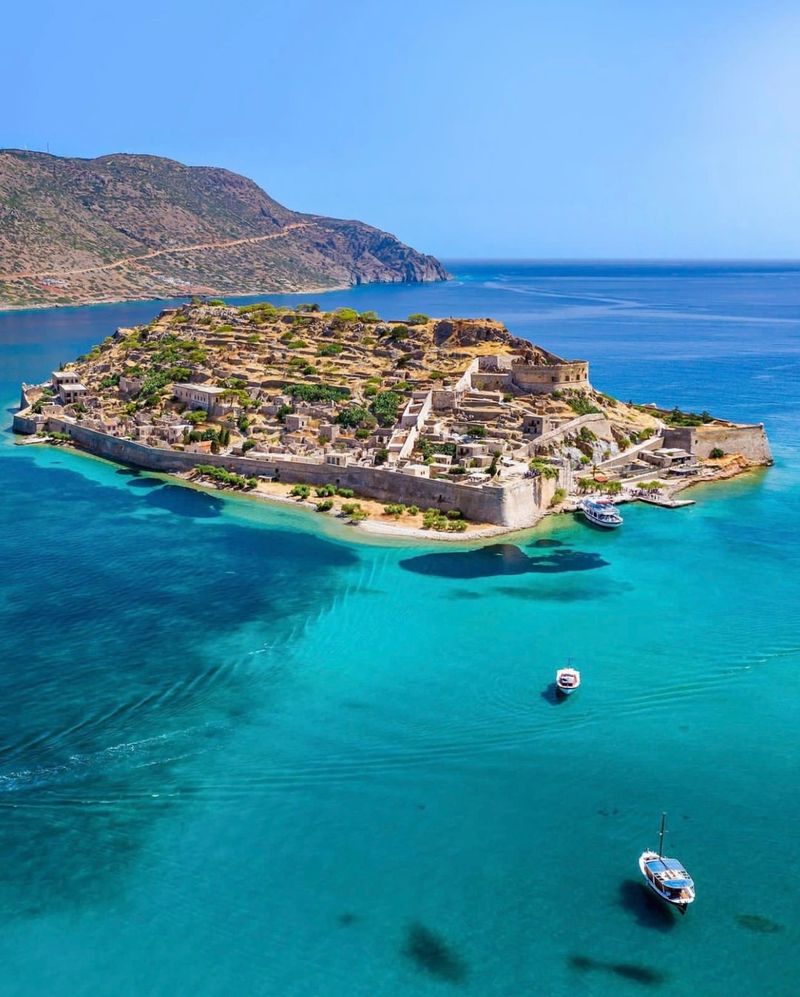
Once a leper colony, the Island of Spinalonga off the coast of Crete is now a hauntingly silent spot, but its history is far from forgotten. In the late 19th and early 20th centuries, Spinalonga was a thriving community, albeit one with a tragic distinction. Its residents were sent there to live out their days in isolation due to leprosy.
Over the years, the island became a small, self-sustaining society, with its own hospital, church, and even a post office. Despite the illness that defined its existence, the community on Spinalonga developed a distinct culture, one of resilience and survival.
Though it’s no longer inhabited, visitors wander through its stone buildings, peering into homes and shops that have remained untouched for decades. Don’t forget to visit the church on the island, which stands as a symbol of hope for its former residents.
18. The Ghost Town Of Kayaköy, Turkey
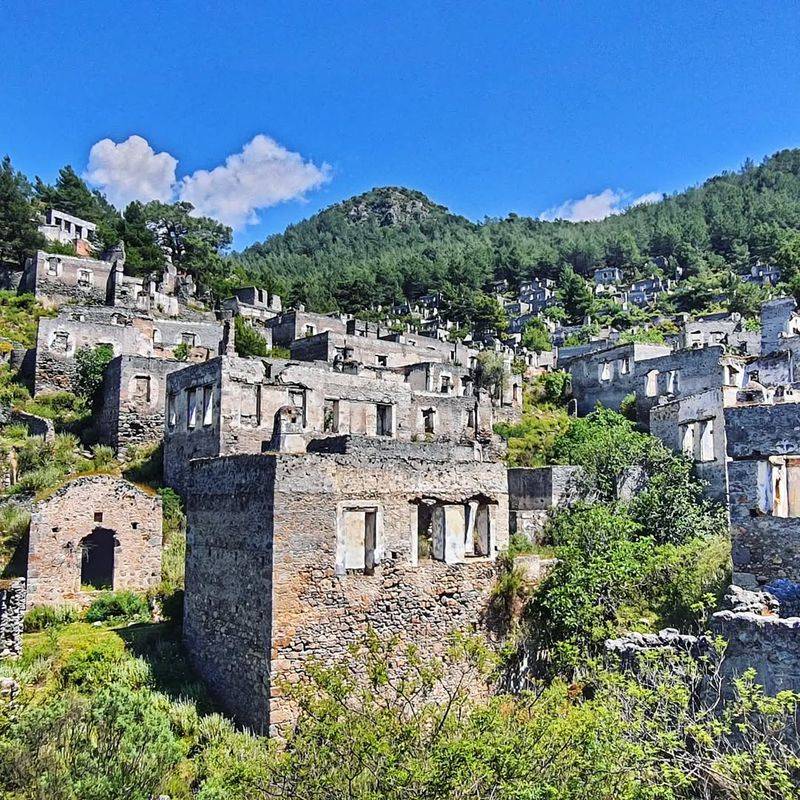
Kayaköy, often referred to as the “ghost town” of Turkey, is a fascinating and haunting glimpse into the past. Once a thriving Greek community, the village was abandoned after the population exchange between Greece and Turkey in the 1920s.
Now, the stone houses and churches stand in eerie silence, their doorways and windows open to the elements. Kayaköy is not just a ghost town; it’s a place where history, culture, and nature intertwine to tell a powerful story of displacement and memory.
You almost feel like you went back to the 1920s, because there’re over 350 houses, churches, and schools still standing, although in various states of decay. There’s an undeniable beauty in the quiet. And the surrounding hills and the distant view of the Aegean Sea add to the town’s mystical atmosphere.
19. Glenwood Springs, Colorado

People flocked to the area in the 19th and 20th centuries, seeking relaxation in the natural mineral waters and enjoying outdoor recreation in the stunning mountains. But over time, with the decline of its resorts and the rise of modern destinations, Glenwood Springs began to fade from the spotlight.
This left behind a town that, while still charming, feels a bit quieter than in its heyday.
For those who want to experience a quieter, more laid-back side of Colorado, Glenwood Springs is worth a visit. Soak in the hot springs, explore the nearby caves, and enjoy the serene beauty of a place that, despite its decline, has plenty of stories left to tell.
20. Towns Along The Route 66 Corridor, USA
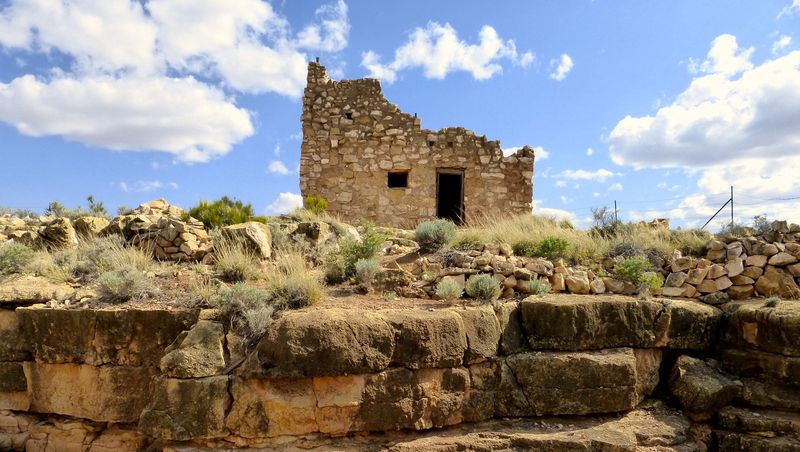
The iconic Route 66 once spanned across the heart of America, linking the Midwest to the West Coast and bringing travelers through a series of unforgettable towns. From roadside attractions to classic diners, the towns along this legendary highway were once the heartbeat of America’s road trip culture.
But with the rise of faster interstates and modern conveniences, many of these spots have slowly faded into obscurity. Now, they’re more of a nostalgic reminder of the past, their neon signs and faded motels still standing as silent witnesses to the golden age of car travel.
Places like Tucumcari, New Mexico, and Seligman, Arizona, are still brimming with retro charm, offering gas stations, old-school diners, and murals that tell the story of the highway’s glory days.
21. Epecuén, Argentina
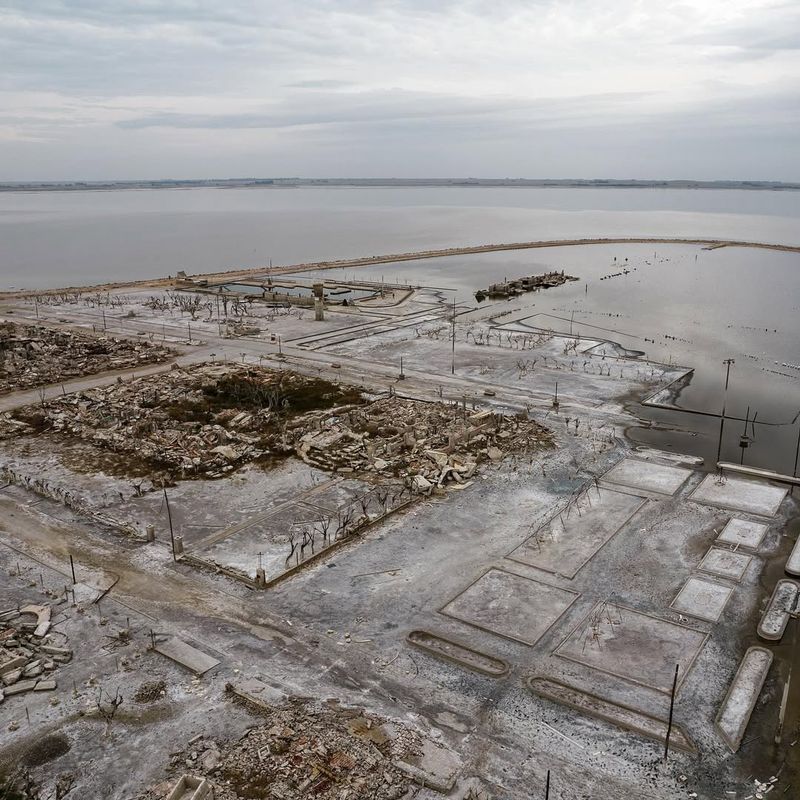
This town was a popular destination for vacationers who were looking to bathe in the famed saltwater and enjoy the health benefits of the mineral-rich mud. But when the lake’s water levels dramatically rose due to a flood in 1985, the town was submerged, and Epecuén quickly became a victim of nature’s wrath.
Over time, the water receded, leaving behind a haunting landscape of decaying buildings and overgrown streets.
Today, Epecuén is a surreal sight to behold. The once-thriving resort now stands almost frozen in time, its rusted structures and decaying ruins slowly being reclaimed by nature. You can walk through the ghostly remains, imagining what life was like when the town was alive with laughter and leisure.
22. Barren Island, India
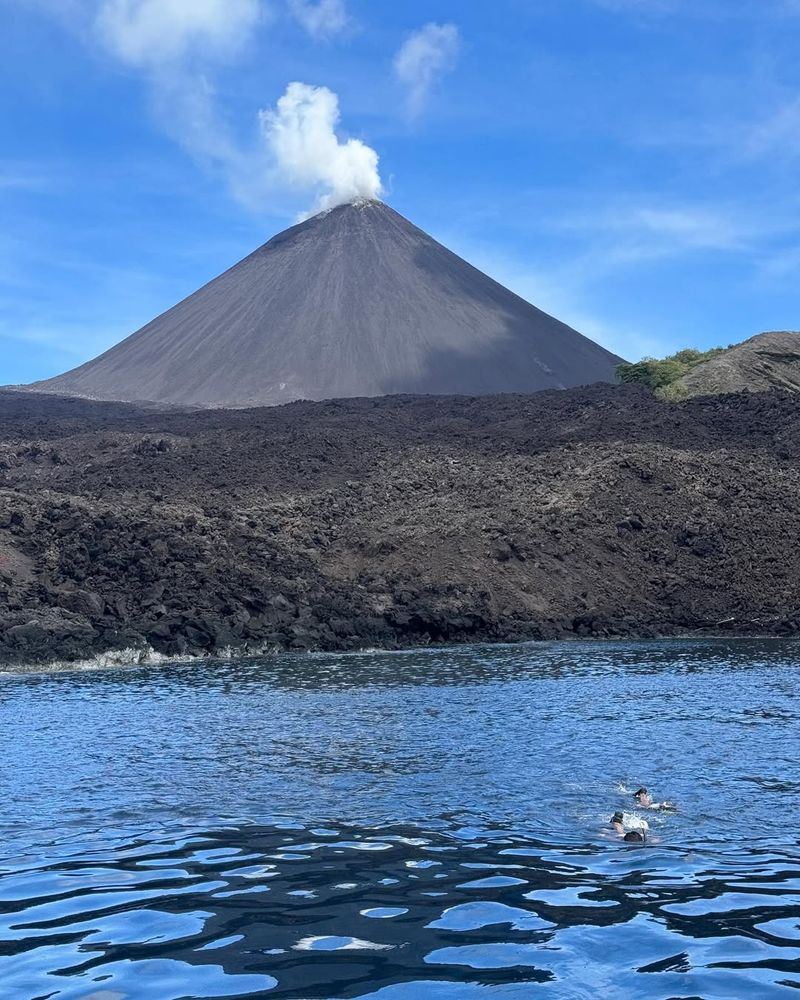
I think that the name itself paints a perfect picture. This island has been largely uninhabited due to its harsh environment and constant volcanic activity. But once upon a time, the island saw brief periods of human settlement, including a colonial-era prison, before the volcano’s eruptions drove people away for good.
Now, Barren Island is a place of isolation, surrounded by the deep blue waters of the bay and offering a creepy, untouched beauty.
Though it’s forbidden to visit the island due to safety concerns, it remains a fascinating part of India’s geographical landscape, with rare species of wildlife like monitor lizards and sea birds making it their home.
23. Herculaneum, Italy
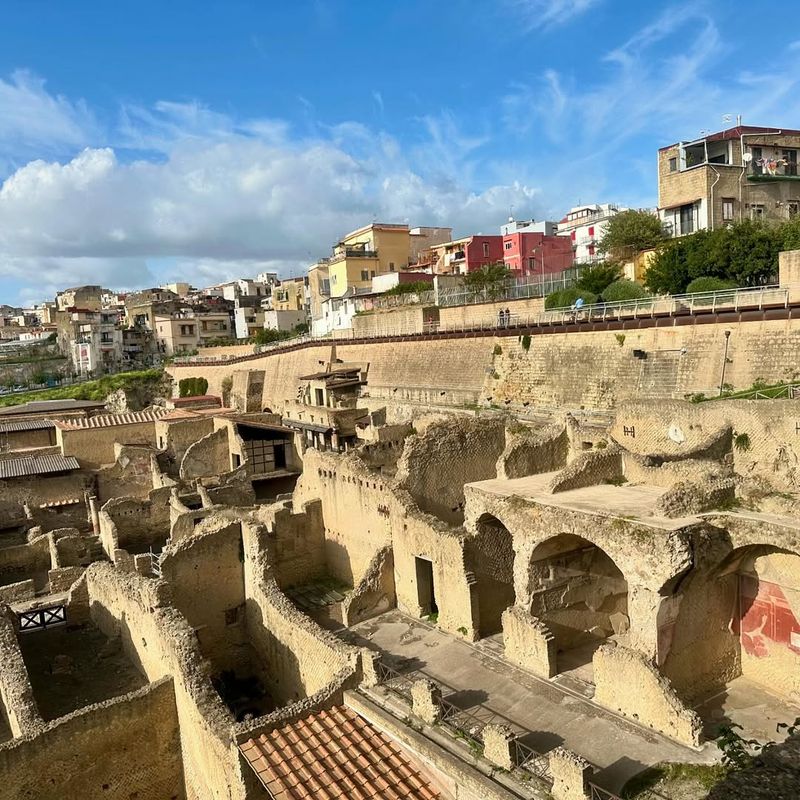
When Mount Vesuvius erupted in 79 AD, it buried both Pompeii and Herculaneum, two Roman cities frozen in time under layers of volcanic ash. While Pompeii is the more famous of the two, Herculaneum offers a quieter, less touristy alternative for history lovers and curious travelers.
Unlike Pompeii, which was primarily covered in ash, Herculaneum was enveloped by a pyroclastic surge, which preserved the town much more completely. As a result, the ruins of Herculaneum are some of the best-preserved remnants of ancient Roman life.
The town’s intricate network of roads, baths, and marketplaces is a fascinating look into the daily lives of Romans at their height. Even the remains of food and carbonized scrolls give you a glimpse into a world lost to time.
